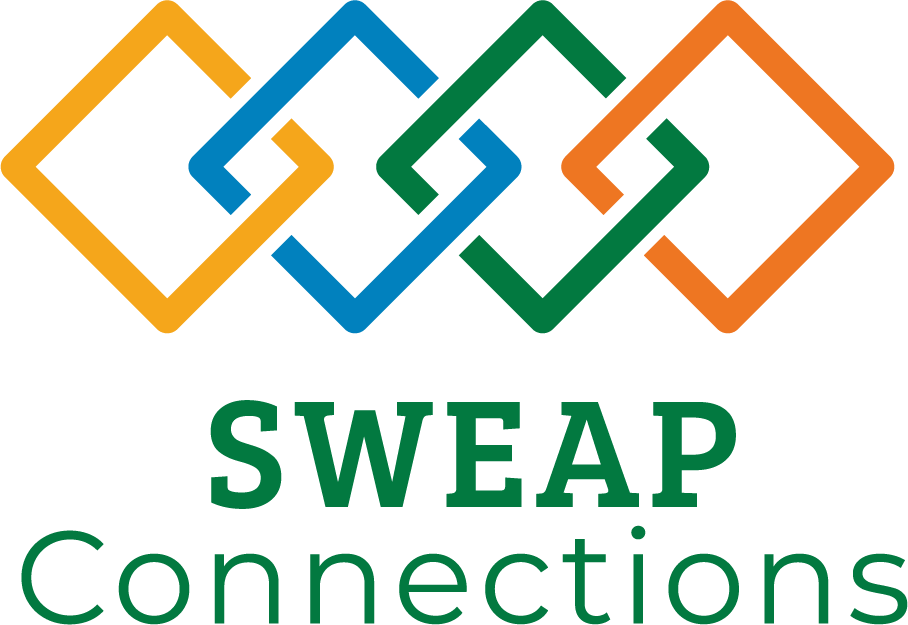Mental illness is a medical condition, but it is often surrounded by stigma or stereotypes that prevent people from getting the help they need. According to the National Alliance on Mental Illness (NAMI), 1 in 5 Americans lives with a mental health condition. And, approximately half of all lifetime cases of mental illness begin by the age of 14. Unfortunately, long delays − sometimes decades – often occur between the time symptoms first appear and when people get help. Early identification and treatment is critical, especially when mental illness can lead to suicide. More than 40,000 people die by suicide every year in the United States and 90% of those who commit suicide have an underlying mental health problem.
Mental health disorders can range from schizophrenia to anxiety and more. Far too often, people are embarrassed or ashamed to discuss these conditions with friends or family, which can lead to lack of treatment. In fact, just over half of people in the United States with a serious mental illness receive treatment.
Employee mental health can have a negative impact on not only the person who is experiencing it, but also his or her fellow employees. A 2015 study published in the Journal of Clinical Psychiatry indicates that nearly half of the overall costs associated with mental health issues are attributed to the workplace, including absenteeism and presenteeism (reduced productivity while at work), whereas 45%-47% are due to direct medical costs, which are shared by employers, employees, and society. Working with an Employee Assistance Program can help.
It’s past time for us to encourage and enable open conversations about mental illness. Here are some steps you can take to provide support, educate friends and family, and help advocate for equal care:
- October is Depression & Mental Health Screening Month. If you or someone you know needs help, take the free mental health screening at HelpYourselfHelpOthers.org
- Educate yourself and help educate others. The National Institute of Mental Health (NIMH) offers health information and free easy-to-read publications on various mental disorders on its website in the Health & Education section.
- Learn the warning signs. Mental illness doesn’t have a simple diagnostic process like diabetes or high cholesterol. While all people and all mental illnesses are, of course, not alike, there are some symptoms to watch out for. NAMI has a helpful list to check out.
SWEAP Connections has provided employee assistance programs and risk management solutions to companies since 1978. Our commitment to excellence is founded on the belief that active partnership with our client companies and delivering face-to-face services produces the best results.

